Prescott Environmental Luminescence Laboratory
The Prescott Environmental Luminescence Laboratory is an interdisciplinary research facility that brings together research expertise from the Institute for Photonics and Advanced Sensing and the Institute for Mineral and Energy Resources.
PELL provides world-leading expertise in “Novel Fluorescence” – a breakthrough in non-contact real-time material identification using optical spectrometry techniques, applicable both terrestrially and in Space – and has unique capabilities in radiation science. These include monitoring of ionizing radiation fields, luminescence dosimetry for the detection of prior exposure to radiation, personnel dosimetry, Geochronology, environmental radiation dose-rate measurement, and measurement of the concentration and micron-scale spatial localization of radioisotopes.
The team is eager to engage in collaborative efforts, contributing to both groundbreaking research and the design and development of products. Additionally, we offer access to an extensive array of analysis techniques, covering optical properties like reflection/absorption photometry, as well as micro-analysis methods such as electron-optical and mass spectrometry.
-
Novel Fluorescence
PELL has created the world’s most versatile fluorescence analysis facility, capable of cryogenic-to-high temperature measurement, excitation mapping, and pump-probe (multiphoton) fluorescence over an excitation wavelength range from UV-MWIR, and detection capabilities over a similar range, including sensitive fluorescence mapping and lifetime measurements.
Using our suite of tunable lasers (delivering hard UV to the mid-infrared - UV-MWIR), spectrometers, imagers and fluorimeters, PELL is the global pioneer of research into new modalities of fluorescence analysis made accessible using these modern technologies. This innovative “Novel Fluorescence” (NF) capability is opening new fields of application enabled by real-time, stand-off sensing; NF enables both detection and identification of a wide range of materials, including for mineral processing control, resource analysis in Space, and biological and chemical analysis, for example monitoring fuel for aging and contamination.
In addition to NF research and sensor development, the Laboratory explores fluorescence properties of newly designed materials, such as optical fiber, fluorescent taggants, and upconversion glasses. The facility both enables fluorescence discovery and characterization, giving the deep understanding required for the design of novel fluorescence-based field deployable sensors.
-
Radiogenic Luminescence
Located within the School of Physical Sciences and the Institute for Photonics and Advanced Sensing, the PELL facility, and its spin-off, the Centre for Radiation, Research, Education and Innovation (CRREI) contains among the most comprehensive suites of radiogenic luminescence research equipment in the world. Luminescence dosimetry techniques are highly versatile, applying both to Geochronology, accurately measuring ages from near-present day to approximately 500,000 years ago, and to Retrospective Population and Forensic Dosimetry in the present day, being able to quantify absorbed doses as low as a fraction of one day’s background radiation.
The PELL facility includes the world’s most sensitive TL (thermoluminescence) spectrometer, a Photon-Counting Imaging System (PCIS), multiple state-of-the-art TL/OSL/IRSL (optically-stimulated luminescence and infrared-SL) Risö readers, specialized apparatus for the measurement of luminescence kinetics and TL/OSL signal stability, and apparatus for Food Irradiation detection, including custom POSL and ESR spectrometers.
Our research is advancing radiogenic luminescence for environmental dosimetry and radiation monitoring and analysis and extending the applicability of luminescence analysis to new materials.
-
Radionuclide Measurement
The monitoring and precise quantification of radionuclide concentrations is an integral part of many dating methods, since the deposition and decay of radioactive elements can be tracked as a time-dependent signature, and the accrued energy deposited from the radiation provides various radiogenic luminescence “clocks.” The same radioisotope measurement techniques are applicable for the evaluation of mineral processing of ore containing NORM (Naturally Occurring Radioactive Material) nuclides, for retrospective population dosimetry following a radiological event and for environmental dose-rate evaluation.
The PELL capabilities include alpha, beta, and gamma-ray measurement facilities, including both commercially available and custom-built apparatus for specialised requirements.
The gamma-ray facility includes developmental scintillation detectors for drone deployment, and multiple (7) coaxial and well configuration HPGe detectors for gamma spectrometry, including three state-of-the-art SAGe well detectors for small sample measurements. The SAGe devices are best available for the measurement of low levels of gamma-emitting radionuclides. The small sample sizes and high sensitivity allow monitoring of laboratory-scale mineralogical process research which would not be possible with conventional detector types, and the multiple detectors give fast turnaround and great versatility for research.
Alpha-particle analysis capabilities include multiple (12) PIPSi sensors for state-of-the-art Alpha Spectroscopy, highly sensitive scintillation counting capability for total alpha measurement utilizing TSAC (thick source alpha counting) techniques, micron-scale spatially resolved alpha particle autoradiography, which allows point of origin analysis of alpha mission for mineralogy, and alpha-sensitive radiation sensitive optical fibre probes for alpha activity monitoring in fluids. Beta counting capabilities include radiation-sensitive optical fibre probes for distributed beta sensing and a state-of-the-art beta spectrometer.
-
Commercial Services
We can support your research and provide access to a range of additional and supporting analysis techniques including mass spectrometry, electron microscopy and alpha spectrometry.
The facility
The Environmental Luminescence facility brings together an apparatus suite which enables state-of-the-art Geochronology and a great range of research possibilities.
- 3D TL Spectrometer - Interferometer-based, 200-720 nm sensitive range for temperatures up to 600°C - the world's most sensitive TL spectrometer
- Photon-Counting Imaging System (PCIS) - developed in collaboration with ANU and to be transferred to IPAS on long-term loan. An LN-cooled silicon CCD camera is interfaced with a Risø OSL/TL-DA-15 with fast (f0.9) reflective optics to enable exploitation of the full 200-1050 nm sensitive range of the CCD.
- R1: a Risø TL-DA-8 with cooled red (S20) PMT module optimised for red TL.
- R2: a Risø TL/OSL DA-20 with Single-Grain Module with green and IR lasers, dedicated to Single-Grain Optical Dating.
- R3: a Risø TL/OSL DA-20 with fast photon timer module for time-resolved OSL (POSL), and Single-Grain Module with green and IR lasers.
- R4: a Risø OSL/TL-DA-12 for blue TL, with blue/UV (bialkali) PMT, and a 470 nm LED pack for optical stimulation
- Elsec Automated OSL/IRSL Reader Type 9010
- A "Single-aliquot" fading chamber for anomalous fading investigations (gift from Prof Dave Huntley, Simon Fraser University, Canada).
- Modified "Elsec" TL glow oven for Kinetics; this is optimised for low count rate TL with a low-noise EMI 9635QA PMT and is capable of heating rates as low as 0.0008 k/s.
- Princeton Instruments Spectrofluorometer (PIXIS 256 detector) enables fluorescence analysis.
- Single-photon avalanche photodiodes (free-space and fibre-coupled).
Sample collection in the field
- A water-cooled "Hilti" coring drill is used for sampling building materials and lithic materials.
- Sediment samples are collected using coring cylinders.
Field dosimetry is performed using:
- Two calibrated 27 cubic inch NaI portable gamma-ray spectrometers
- TLD Capsule Dosimetry.
Laboratory in-house dosimetry includes:
- Four LN-cooled high-resolution Ge-gamma ray spectrometers
- Six alpha-counters for thick-source alpha counting
In addition, we routinely use external providers for ICPMS/OES, XRF (K), and neutron activation and delayed neutron activation.
Sample preparations
Well-equipped sample preparation darkrooms include separate areas for field kit, a "saw room" with masonry saw, Buehler diamond wafering slow-saw and water-cooled coring drill, and a preparation lab dedicated to the extraction of mineral grains; apparatus includes 38 mm and 100 mm micromesh sieve stacks, a facility for batch density separation using lithium heteropolytungstate, Franz magnetic separator, centrifuge, ultrasonic baths, hotplates, precision electronic balances, drying ovens, a tube oven and wide range of laboratory glassware.
Irradiations
Alpha (Am241) and beta (Sr90/Y90) particle irradiations are administered by sources either mounted within the four Risø¸ automated luminescence readers, or in stand-alone automated irradiators. These include two Elsec "6-position" alpha irradiators, an Elsec automated alpha irradiator Type 9010, two Elsec Type 9010automated beta irradiators, two Daybreak automated beta irradiators, and a Littlemore automated beta irradiator. In addition, a set of free standing Sr90/Y90 sources with activities ranging from 0.7 MBq to 1.5GBq and a free-standing 14 MBq Am241 alpha source are available for purpose-configured experiments on Elsec readers or within lead castles.
Ancillary apparatus includes a 1000W Oriel solar simulator, a comprehensive set of Schott, Ealing and Hoya filters, four microprocessor-controlled ovens, lasers (UV to NIR), binocular microscopes, pyroelectric radiometers, and calibrated Si photodiodes.
The Laboratory space exceeds 200 m2, with individual booths and rooms for separate apparatus within a common darkroom, and services including adjustable intensity safe-light options (red and orange), reticulated vacuum, ultra-high purity nitrogen, cooling water and deionised water.
Group members
Professor Nigel Spooner
Institute for Photonics and Advanced Sensing (IPAS)
The University of Adelaide, AUSTRALIA 5005
Telephone: +61 (0)8 831 34852
Email: nigel.spooner@adelaide.edu.au
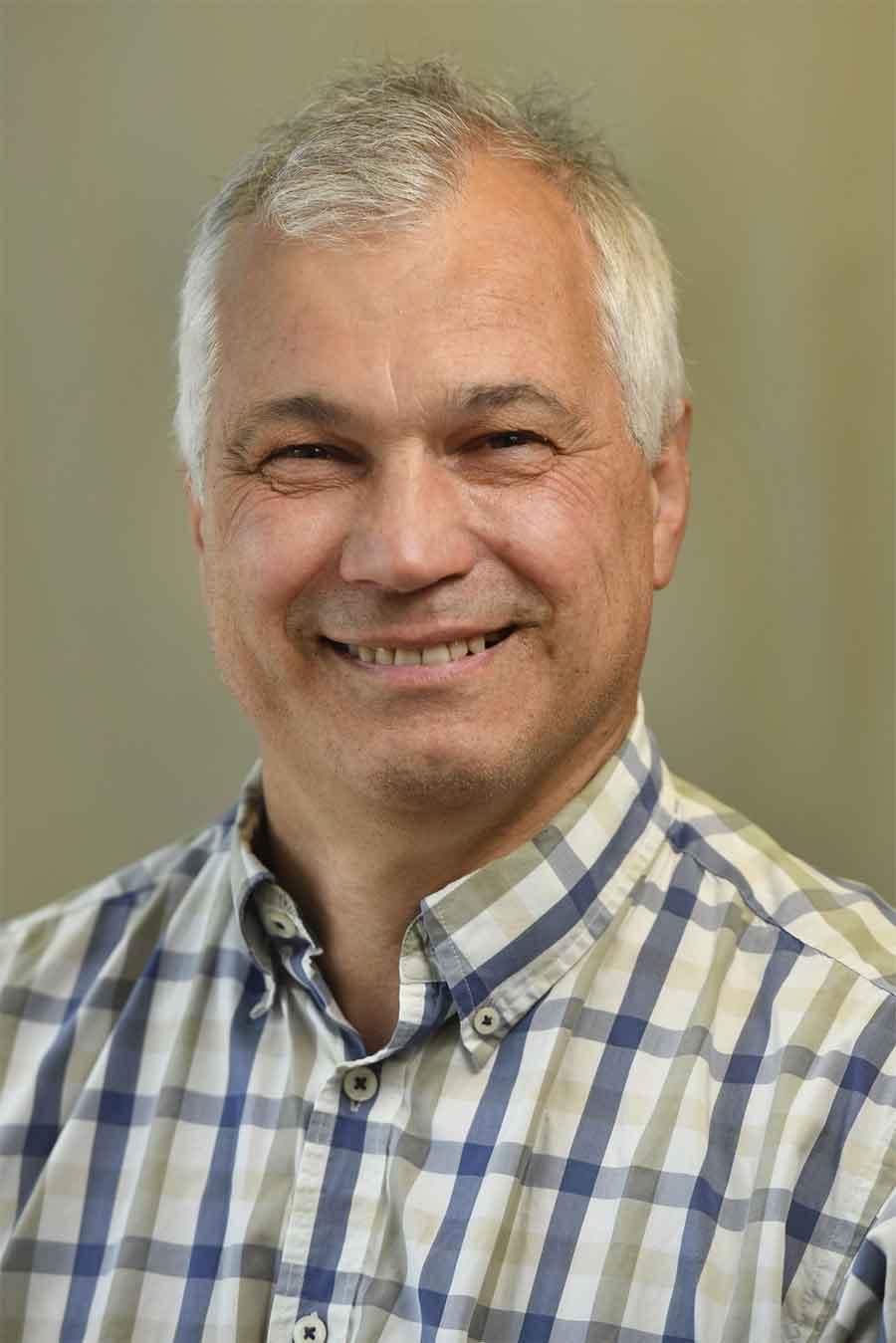
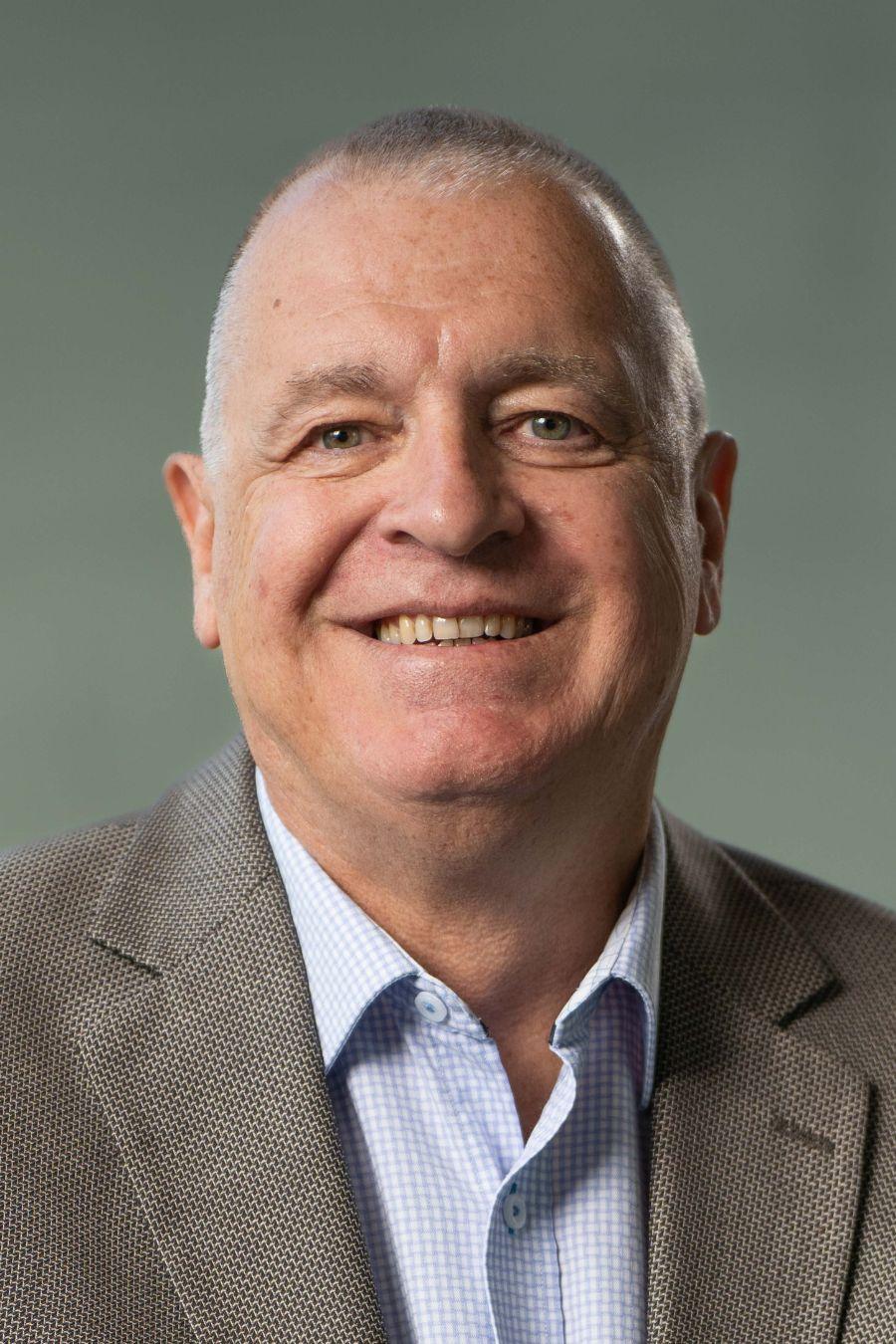
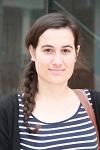
Dr Martina Demuro
ARC Future Fellow
Luminescence dating of Middle Pleistocene archaeological records in Southwest Europe
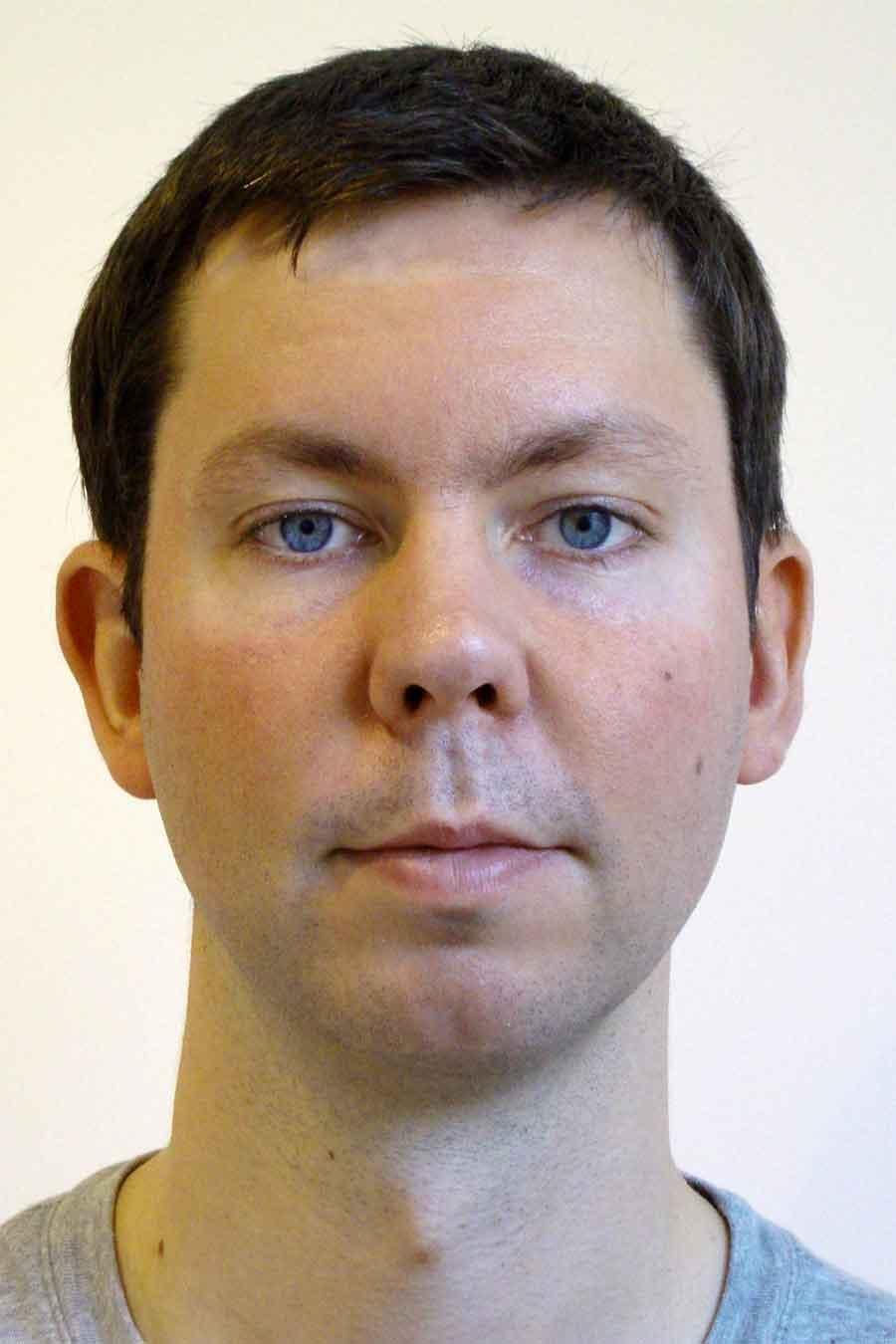
A/Professor Dr Lee Arnold
Leader of Mawson Optical Dating and Archaeological Luminescence Laboratory
Optical dating of archaeological, palaeontological and palaeoenvironmental sediment archives.


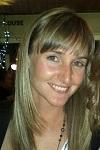

Dr Cornelia Wilske
Postdoctoral Researcher
Mineralogical and fluid age dating and complex data analysis.

Dr Christopher Kalnins
University Research Fellow
High resolution detection of radionuclide isotopes distributions.
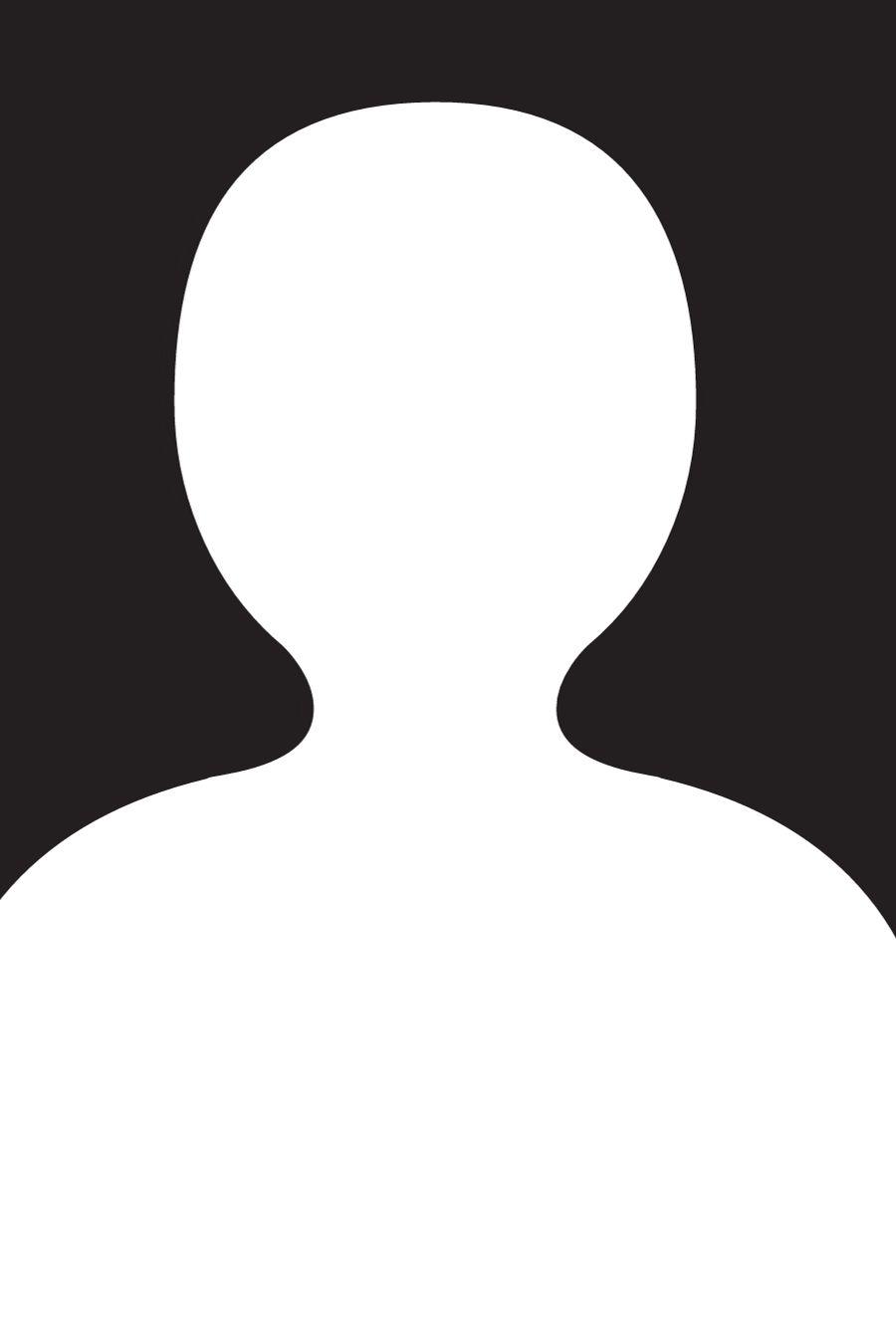

Dr James McEvoy

Dr Trinh Nguyen


Rhianna Power


Jillian Moffatt
Postdoctoral Researcher
Studying novel fluorescence techniques for real-time mineral sensing.

Daniele Questiaux
Research Fellow
Radionuclide (Po-210) analysis of mineral ores using alpha spectrometry and alpha spectroscopy.

Kathryn McDonnell
Researcher/Student
Contact Kathryn

Dr Owen Williams
Visiting Senior Fellow
Thermoluminescence and optically stimulated luminescence mechanisms.

Dr Richard Lewis
Visiting Senior Fellow

Dr Barnaby Smith
Visiting Senior Fellow
